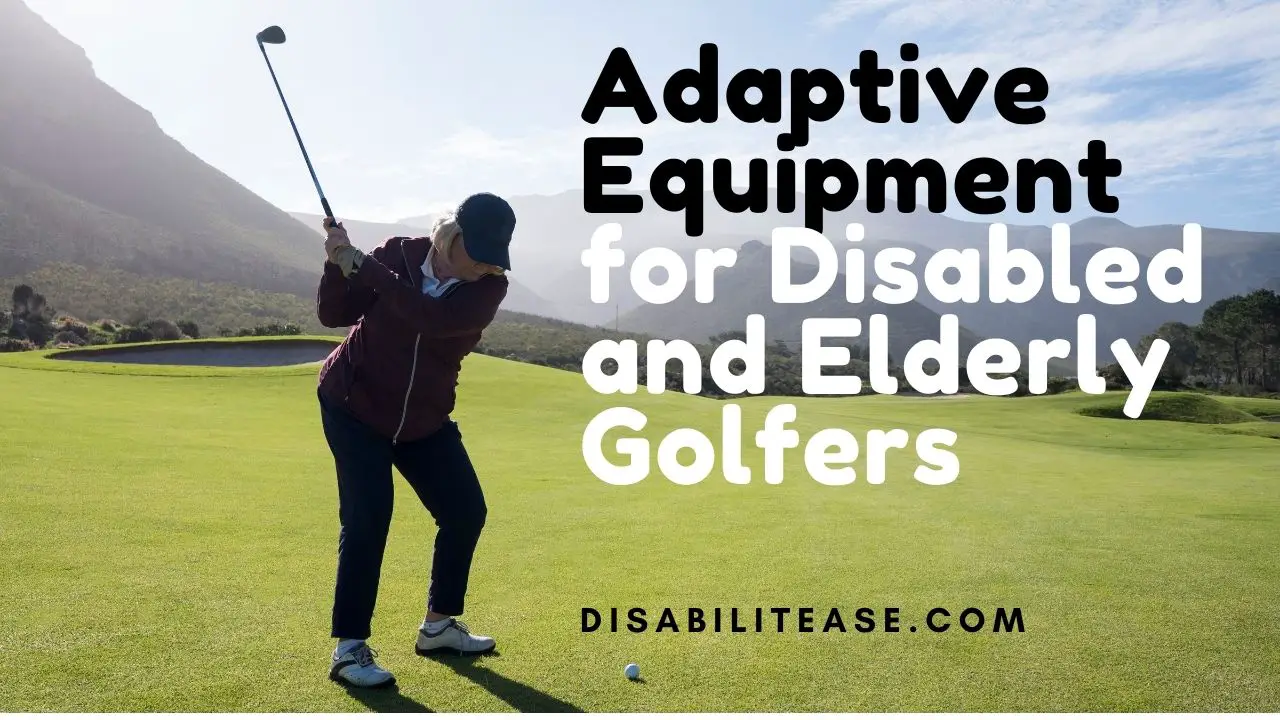How to know a deaf baby? Are there signs? Yes! There are! Almost 5% of the world’s population and 5% of each country’s population suffer from some sort of hearing disability. Among these statistics, around 34 million children have deafness.

Hearing loss is when there is an anatomical or pathological defect in any part of the ear resulting in temporary or permanent hearing disability.
Here is a related article that might interest you on How Do Deaf Babies Cry?
How to know that a baby is deaf? You will have to look for some physical signs to assure that.
Table of Contents
Physical Signs To Look For Hearing Loss
There are some physical science you can look for
- Whether the baby gets frightened by a sudden loud sound or no response is given.
- They are not responding to their mother or father when they try to communicate.
- After 6 months of age baby still doesn’t show any response to voices or noises.
- He cannot say words like mama papa even after 1 year.
- He smiles or responds when seeing you but will not respond if you call him.
- Sometimes the baby can respond to some sounds and not to others which can be because the hearing impairment is partial.
What To Do If You Notice These Physical Signs In Your Child?
If you have evidence of any of the above-mentioned signs it will be best for the health of your child to see an Ear specialist. They will inquire about the child’s milestones to know if there is any developmental delay. They might also be interested in Obstetrics history and also family history.
Tell them everything that can help in your child’s diagnosis. After this, the doctor might recommend some investigations to reach a provisional diagnosis.
In-clinic Tests Performed By The Doctor:
- Behavioral Testing
Response and behavior to a sound are checked.
- Behavioral Observation Audiometry
They are done for children Under 6 months of age. Several noises are made, and the baby’s response to each is checked.
- Visually reinforced orientation audiometry
With no use of headphones, a child is made heard noises by turning their head towards the source.
- Play Audiometry
This test is described as a game for the child. They are told to press a button or mark the board every time they hear a sound. This test can help us measure the thresholds at which the baby hears.
Out Clinic Investigations To Rule Out Hearing Disability:
- Auditory brainstem response (ABR /BAER)
The child is seated comfortably, and patches that are electrodes are attached to the head. Some sounds or music are played, and the baby’s auditory response through nerve evoked potential is checked.
- Otoacoustic emissions (OAE)
This test tests inner ear ability.
If the baby’s hearing ability is impaired, the baby might also fall asleep during the test.
- Audiometry test
This test is usually conducted for an initial 4 to 5 weeks but can be done until up to 3 months under certain circumstances.
- Tympanometry
This test is done to evaluate the middle ear system function. In this relatively sound, the air is gushed into the ear.
- Electrocochleography(ECochG)
It measures the signals generated by the cochlea bypassing the electrode placed near the cochlea.
- Auditory Steady-State Response
This test is similar to ABR. It’s just more specific and sensitive to severe to profound hearing loss.
Prevention
Mother should get their Prenatal and antenatal check-up and investigations if any hereditary disease runs in the family. Also, get the baby screened for hearing at the time of birth. If an infection is diagnosed, it should be treated and monitored vigilantly without any delay.
Treatment:
Treatment depends upon the baby’s health and the cause, whether it’s permanently treatable. There are several options, and the doctor can recommend the best suitable for your child. Some of them are
- Antibiotics for infections
- Ear Washing
- Cochlear implants
- Ear tubes
- Hearing aid
- Surgery for anatomical defects
- Bone anchored hearing system
- Tympanoplasty
Another post that will interest you is about How Do Deaf And Blind Learn Braille? What Is Braille?
Bottom line
Being born with a deaf child doesn’t mean that you always have to suffer as a parent or child. Your child neither lacks something nor is always meant to be behind in everyday life’s race.
Now science has provided us with many options that help us detect the problem on time so it can be treated by a doctor readily before it causes damage to a greater extent than it becomes untreatable.
Many options are available to get over a hearing disability to live every day like an average child. A hearing disability is not a hurdle in living an independent life.

Hi, my name is Eddie, I am a professional trainer specializing in the elderly population and I’m also a website designer. I love training in the gym, going to the beach, traveling, and having good food.
I combined my love for sport and website designing to make “DisabilitEase” whose purpose is to help elderly and disabled people live a more full and active life, have more fun, and enjoy their unique journey despite any disability.



